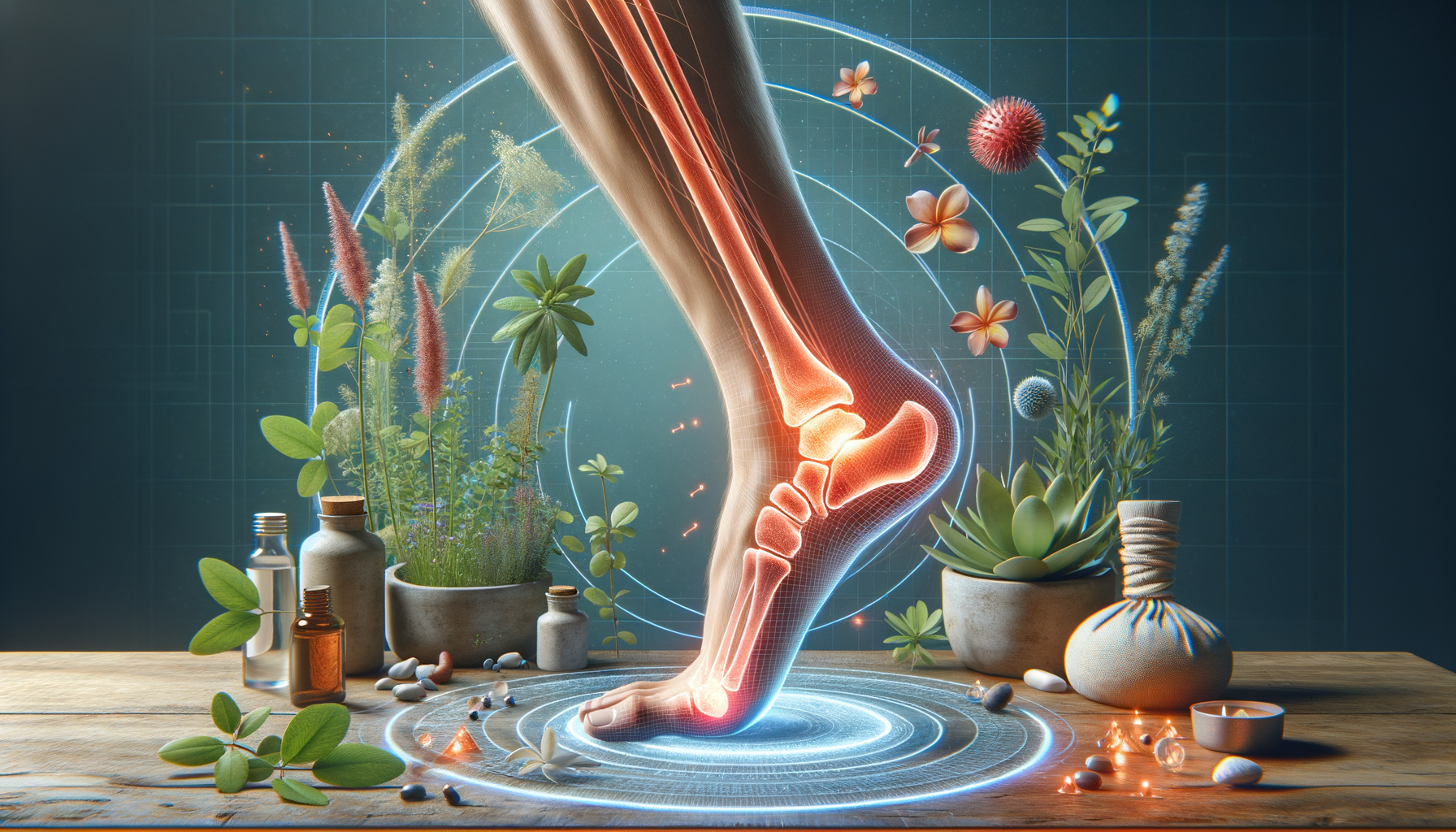Effective Pain Relief Options for Managing Leg Cramps: What Works Best?
Discover proven pain relief techniques to help manage and prevent leg cramps. Learn about safe at-home remedies, when to seek medical advice, and how pain relief options like muscle relaxants and physical therapy can support your comfort and mobility.

Understanding Leg Cramps and Their Causes
Leg cramps, often occurring unexpectedly, can be a source of significant discomfort and can disrupt daily activities. These involuntary muscle contractions typically affect the calf muscles but can also occur in the thighs or feet. Understanding the root causes of leg cramps is crucial for effective management and prevention.
Common causes of leg cramps include:
- Dehydration: Insufficient fluid intake can lead to electrolyte imbalances, which are essential for muscle function.
- Mineral Deficiencies: A lack of potassium, calcium, or magnesium can contribute to muscle cramps.
- Overexertion: Intense physical activity, especially without proper warm-up or stretching, can strain muscles.
- Medical Conditions: Some conditions, such as diabetes or peripheral artery disease, can increase the likelihood of cramps.
Identifying the underlying cause of leg cramps can help tailor the most effective pain relief strategy. In some cases, lifestyle changes like improved hydration and nutrition can significantly reduce the frequency of cramps.
Home Remedies and Immediate Pain Relief Techniques
When leg cramps strike, having a set of reliable at-home remedies can provide immediate relief and prevent prolonged discomfort. Here are some effective methods you can try:
1. Stretching: Gently stretching the affected muscle can help alleviate the cramp. For calf cramps, try standing with your hands against a wall, one foot behind the other, and slowly lean forward to stretch the calf muscles.
2. Heat Therapy: Applying a warm towel or heating pad to the cramped area can relax the muscle. Heat increases blood flow, which can help reduce muscle tension.
3. Hydration: Drinking water or an electrolyte-rich beverage can address dehydration and restore essential minerals.
4. Massage: Gently massaging the cramped muscle can promote relaxation and alleviate pain. Use your fingers to apply pressure and knead the muscle in a circular motion.
These techniques are generally safe and can be performed at home, offering a quick and effective way to manage sudden leg cramps. However, if cramps persist or are particularly severe, it might be necessary to explore further medical options.
Medical Interventions and When to Seek Professional Help
While home remedies are effective for many, some individuals may experience chronic or severe leg cramps that require medical attention. Understanding when to seek professional help is crucial in managing the condition effectively.
Consider consulting a healthcare provider if:
- Cramps are frequent and disrupt daily life.
- There is significant pain or swelling.
- Cramps are accompanied by other symptoms like numbness or weakness.
- Home remedies do not provide relief.
Medical interventions may include:
1. Muscle Relaxants: Prescribed medications can help reduce muscle spasms and provide relief from persistent cramps.
2. Physical Therapy: A physical therapist can develop a personalized exercise plan to strengthen muscles and improve flexibility, reducing the likelihood of cramps.
3. Nutritional Supplements: If a deficiency is identified, supplements such as magnesium or potassium may be recommended.
Seeking professional advice ensures a comprehensive approach to managing leg cramps, addressing both symptoms and underlying causes. Early intervention can prevent complications and improve quality of life.